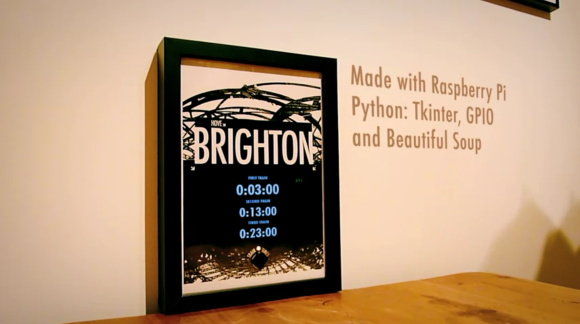
[Chad] has been messing around with emulators on his phone, but as anyone with a smart phone knows, even the most advanced touchscreen controls are terrible. Wanting something that pays tribute to the classic systems he was emulating, he decided to turn a classic old school brick Game Boy into an Android gamepad.
After gutting an old DMG-01, [Chad] set to work turning the D-pad and buttons in the Game Boy into something his Galaxy Nexus could understand. He chose a Bluetooth connection to provide input for his emulators, with the hardware generously donated from a Nintendo Wiimote.
The Game Boy PCB was cut up and a few leads attached to the Wiimote PCB. After modifying the case to include space for the Wiimote and a cell phone mount, [Chad] had a functional game pad, perfect for his adventures in emulation.
You can see [Chad]’s demo of his game pad after the break,
Continue reading “Turning A Game Boy Into An Android Gamepad”
















